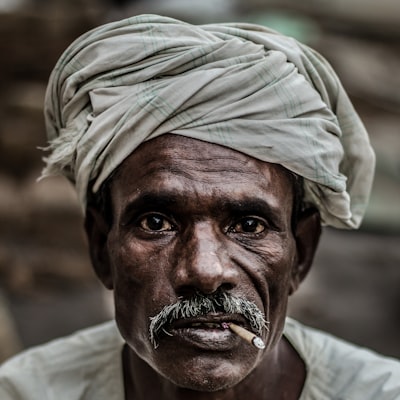Ayurvedic Massage Techniques

Origins: India is the largest country on earth, with more than one hundred and fifty million residents. Ayurvedic is the ancient practice of Ayurvedic medicine. Ayurvedic refers to "the science of life" and was developed over 5500 years ago in India. It encompasses herbal medicine gecko research, physical therapy and physical therapy. Ayurvedic massage is based on ancient Indian beliefs about how the negative influences of both mental and physical forces may affect our well-being. It also teaches us how to counter these influences using ritualized techniques.
Types: There are many kinds of massages. Some of the most popular include Lomi, Pani and Homa (Indonesian), Bikram (Thailand), Samudradi and Iyengar in Singapore. Most are characterized by some sort of ritualized motion, usually long and flowing. Ayurvedic massage is usually performed using soothing oil, but there are some which use hot or cold oil. While the warmest massage uses a mix of warm and cold oils, the most relaxing massage uses a single type of oil.
Techniques: The techniques used in massage differ from one spa to the next. Many massage practitioners employ traditional strokes like petrissage or effleurage while others mix massage with other techniques , like Swedish or deep tissue massage. Many holistic practitioners use essential oils to heal their clients and focus solely on massage therapy. Since essential oils share similar beneficial properties as synthetic drugs They are commonly utilized.
Benefits: Alongside providing a relaxing experience, a good massage can also aid you in achieving your wellness and health goals. Massage with aromatherapy can boost endorphin production, which can be an all-natural painkiller as well as a mood booster. Aside, from promoting feelings of wellbeing massage can also boost the body's own healing process. By increasing circulation and warmness to the skin it aids in maintaining healthy skin. an improvement in the number of tumors caused by fibroid as well as reducing stiffness and inflammation.
Strengthening muscles and soft tissues is one of the primary benefit of massage. Massages help relax and soothe muscles and tissues. This helps to build and increase muscle strength. You'll feel refreshed and renewed. You will feel energized and rejuvenated by the relaxing movement of the massage including effleurage and perissage that help the lymphatic system in order to eliminate any waste.

The three main components of a successful massage are massage oils, strokes, as well as massage techniques. Essential oils that are organic, and are particularly beneficial for the skin, are applied during a massage. Numerous massage strokes can be modified to help promote relaxation and revitalization. Manual massage is preferred by lots of people over more conventional mechanical massage done by machines.
There are many kinds of massage therapy used in the Ayurvedic tradition, but all are focused on the treatment of the body parts. Ayurvedic massage differs from other types of massage as it considers particular characteristics of the body parts that are being addressed. Ayurvedic therapy is based around the concept that every person has an endocrinological system. It is the one accountable for the other organs. So, Ayurvedic massage targets the dose, or glands in order to regulate the hormones and alleviate the symptoms of the patient.
If you have a patient suffering from hypertension, for example, would be advised to have a balanced Dosha. This condition can be treated with yonibedha or light oils. Then 3 gentle strokes of warm oil or Cypress oil are to be done. The three strokes are followed by gentle massages of the abdomen, chest and stomach, shoulders, back the legs, feet, abdomen, head, and abdominal. The masseur then applies sesame, yam, or Shavu, depending on the intensity. In the United States, some massage therapists mix some of the traditional components of ayurvedic massage such as herbal therapy, the gentle rub, and kneading by making use of essential oils.
